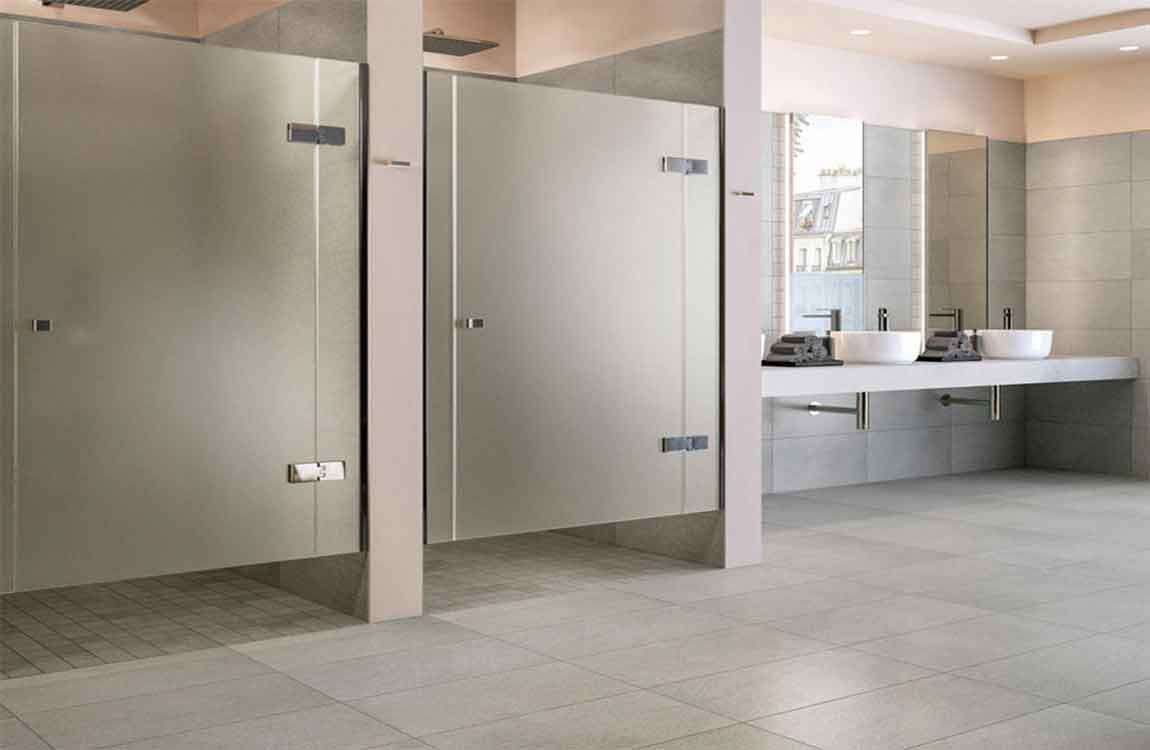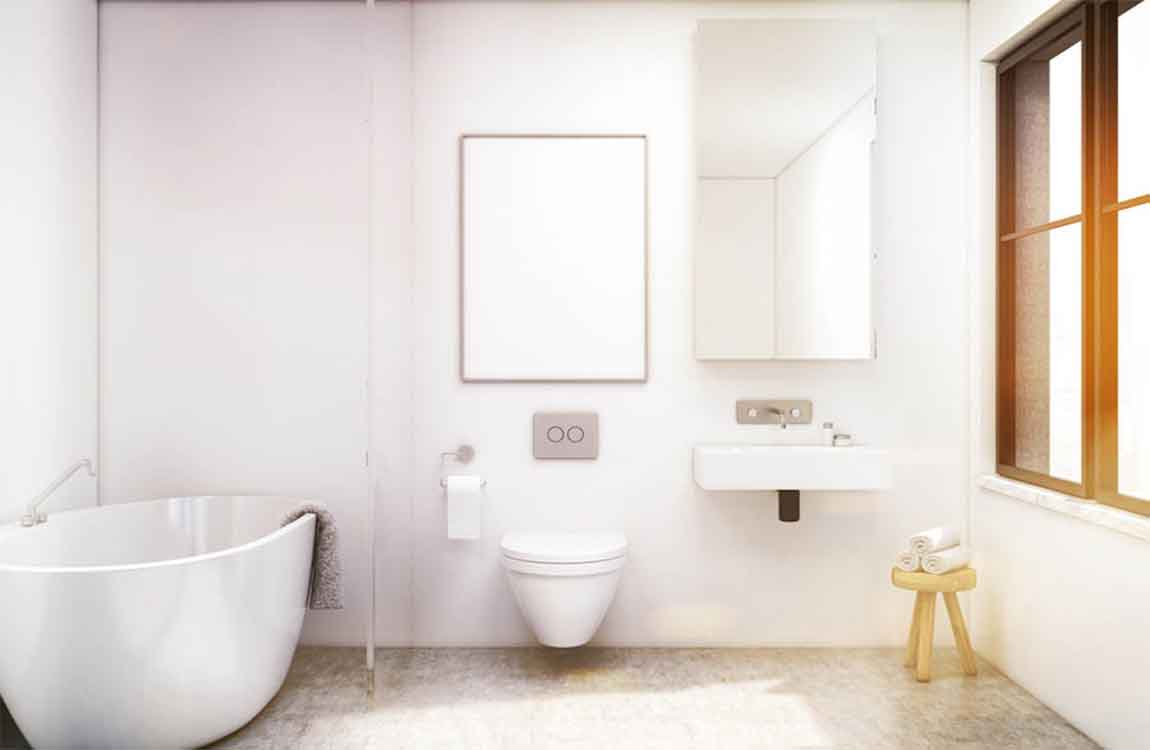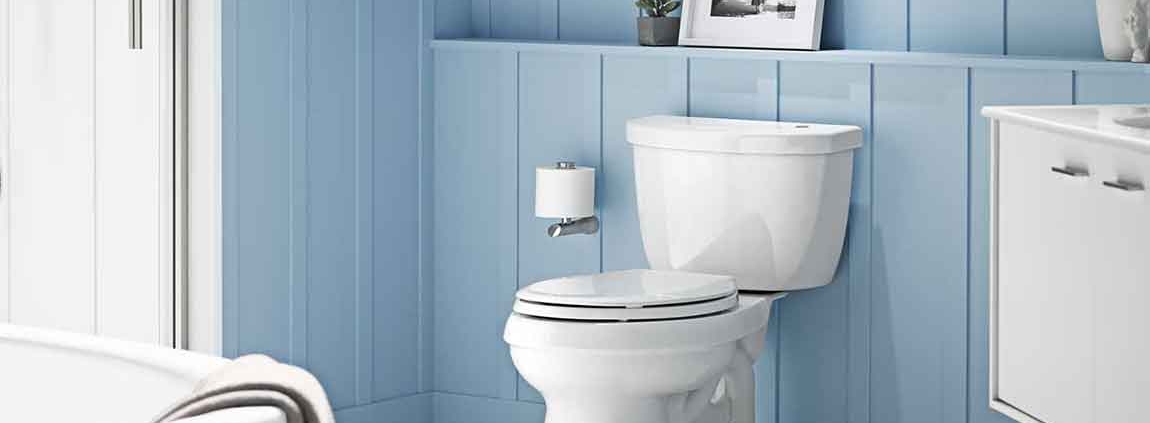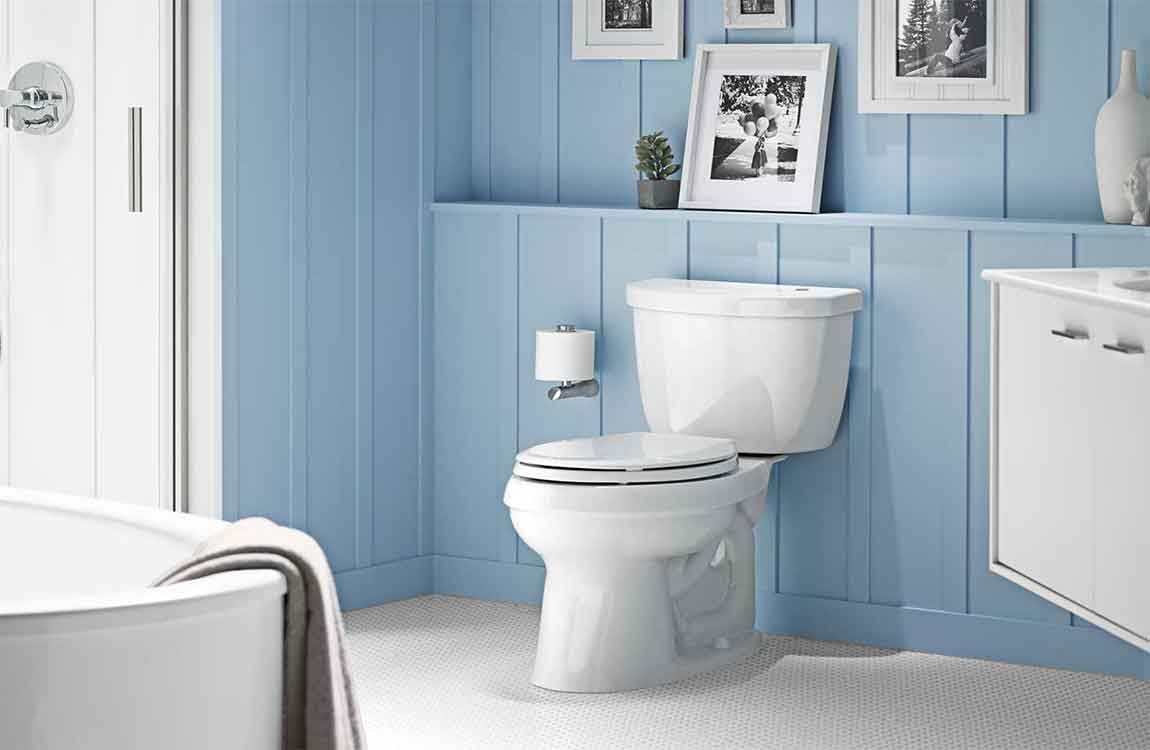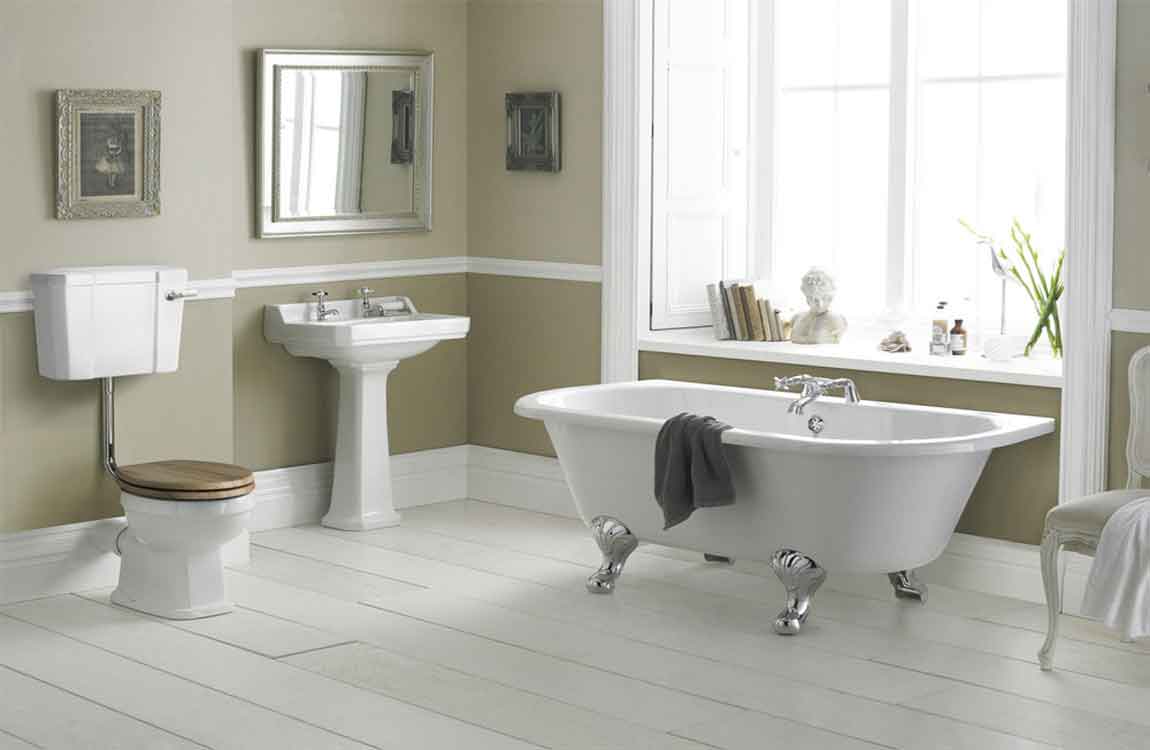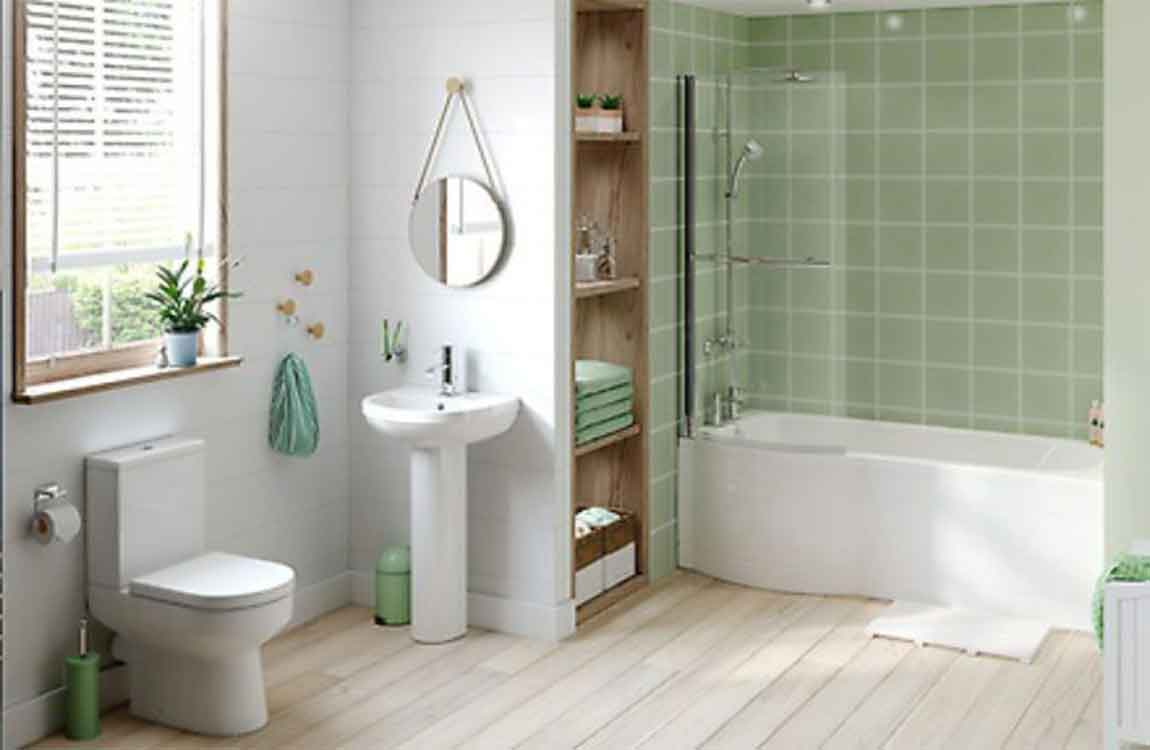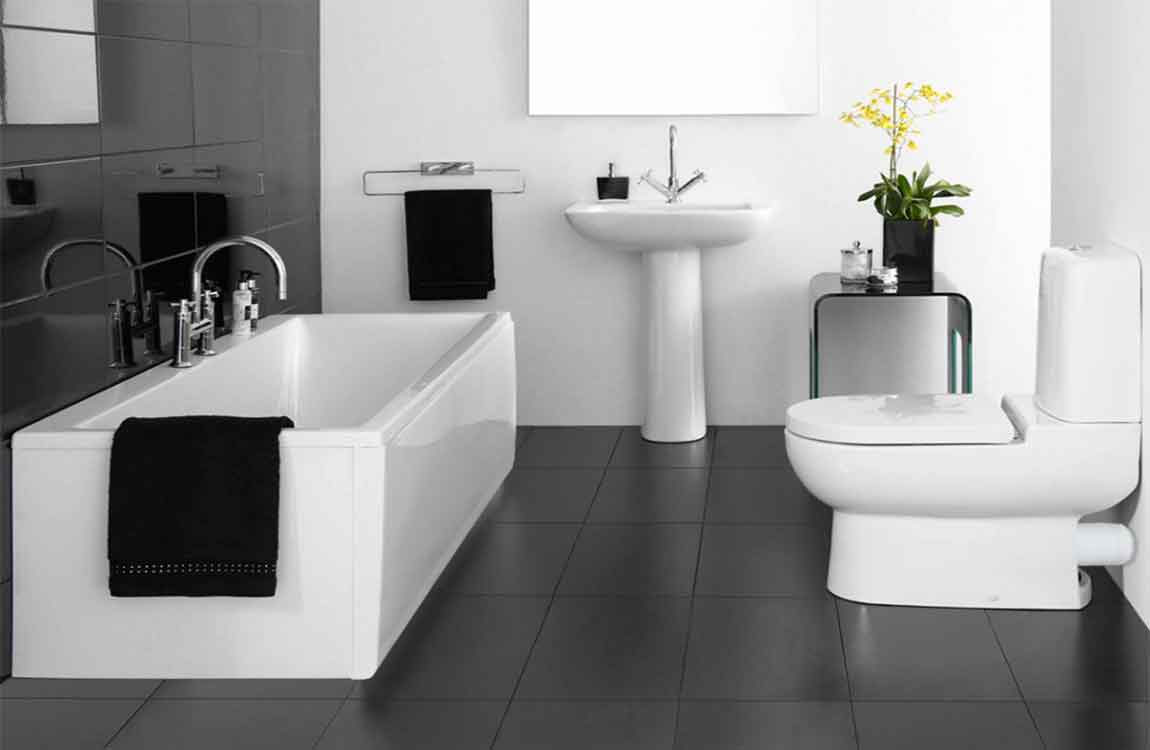How Removing Stubborn Soap Scum?
Make a baking soda paste. Pour 1 cup (237 milliliters) of baking soda into a bowl. Add a few drops of water at a time, blending until you have a paste. Your paste should be spreadable but still sticky enough to stick to shower surfaces. Alternatively, you can sprinkle baking soda directly on the soiled area then spray it with vinegar in a spray bottle.
Let it sit for 15-20 minutes, then scrub the fiberglass with a cloth or sponge. Apply the paste to stubborn soap scum. Smoothe on a generous amount of the paste to any remaining soap scum, which includes tub rings or rings around the drain in your shower pan. Pretend you are icing a cake. Your paste should be spread on in a thin layer.
Allow the paste to sit for 30 minutes. The baking soda needs time to break down the soap scum. While it dries, avoid spraying water or other cleaners in the shower. Scrub the shower with a sponge, cloth, or soft-bristle brush. Add a little water to the paste to re-moisten the baking soda. Make tight, circular movements with your scrubber as you work in the paste.
Wash away any remaining paste. Use your cup to splash water onto the paste. With a clean cloth, wipe away the baking soda. Rinse the cloth frequently to remove the baking soda residue. When all of the baking soda is gone, do a final rinse with cold water. If you have a handheld shower head, you can use it instead of a cup.
Rinse the shower. Use a showerhead or a bucket of water to rinse the entirety of the shower down, including the walls. It’s important that you remove any leftover soap or it may sink into the marble and create stains later.




